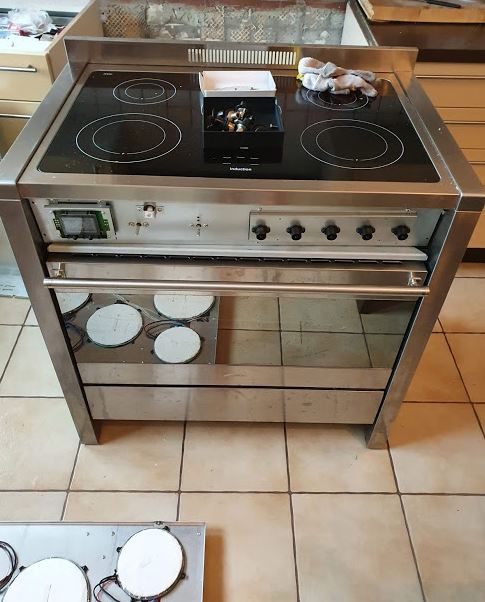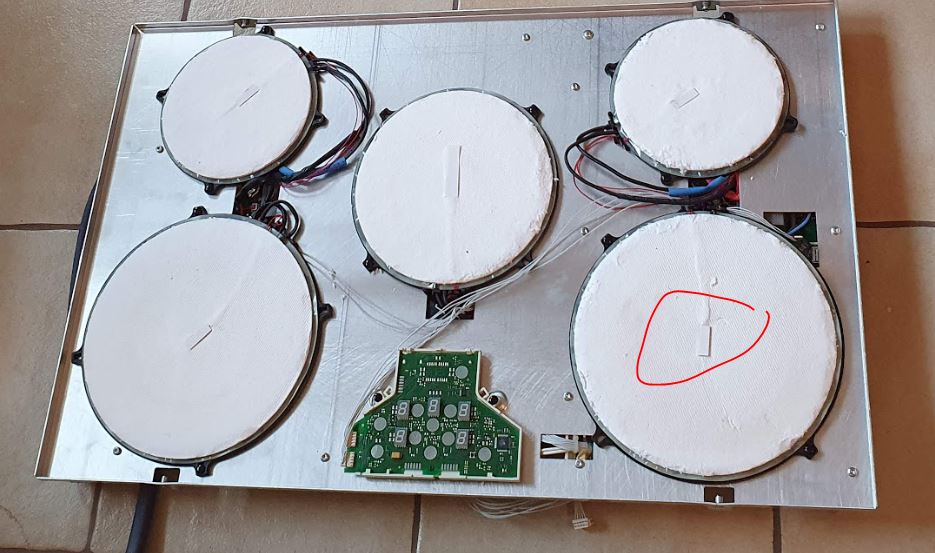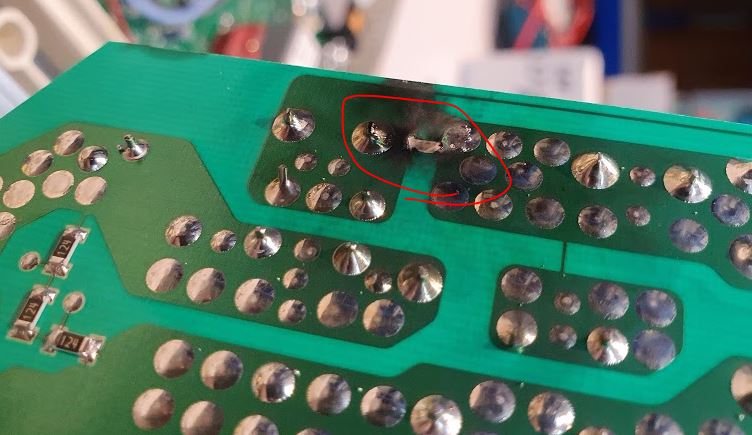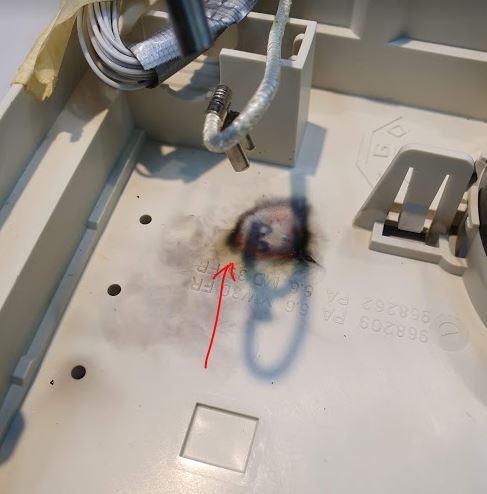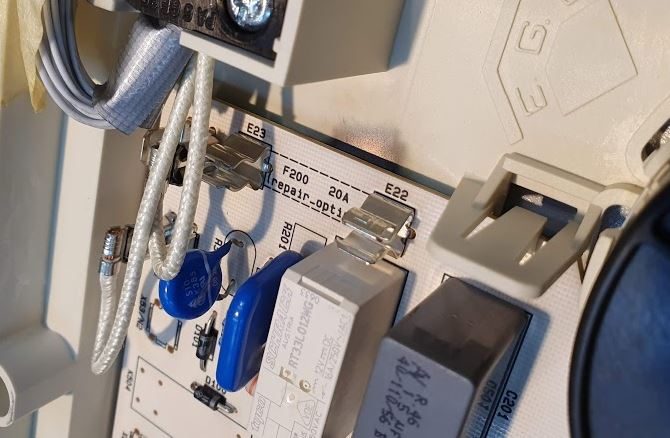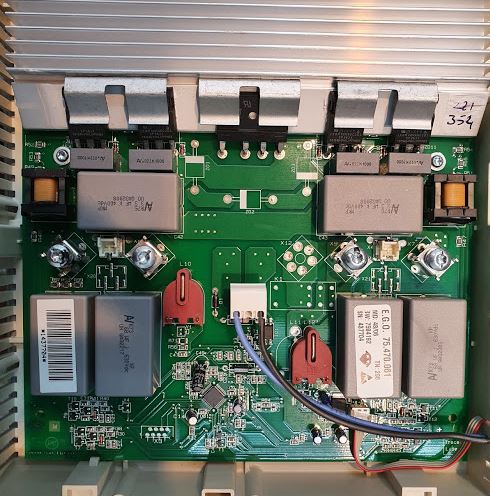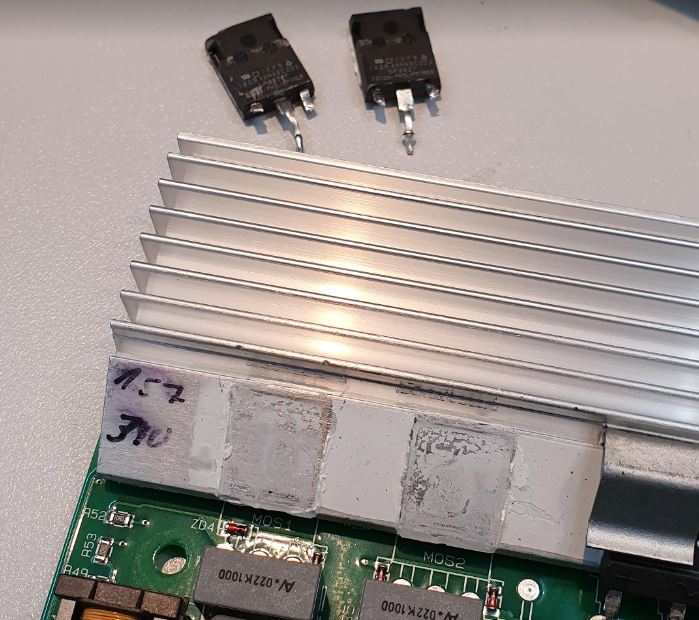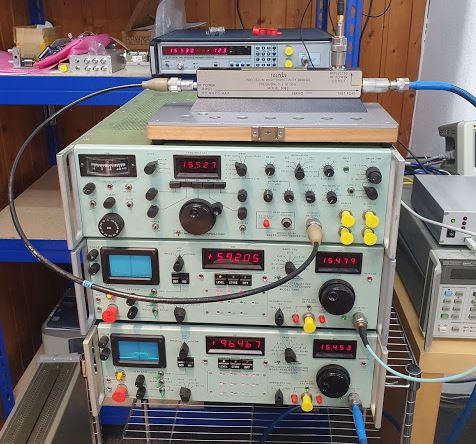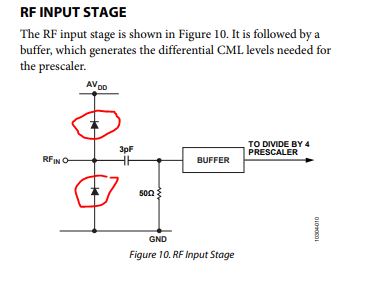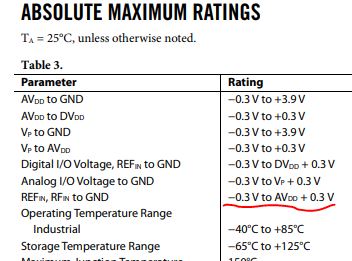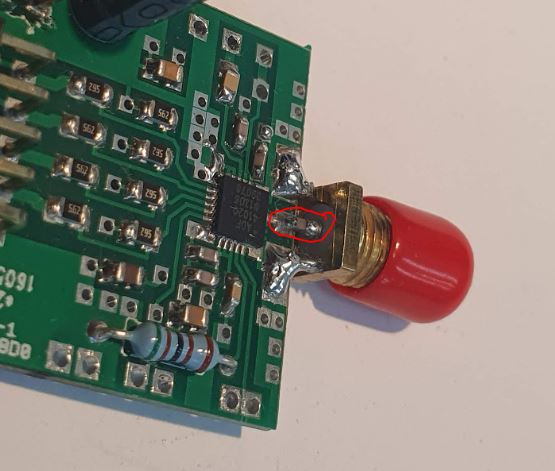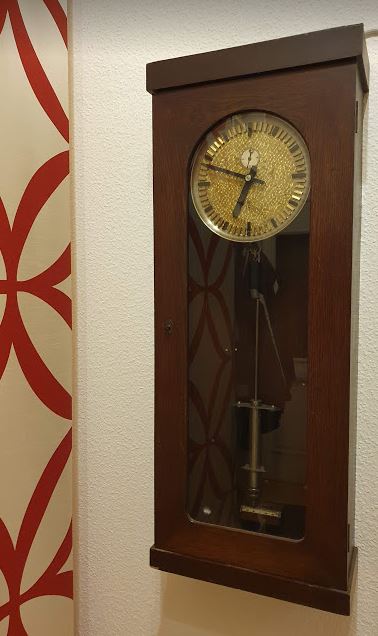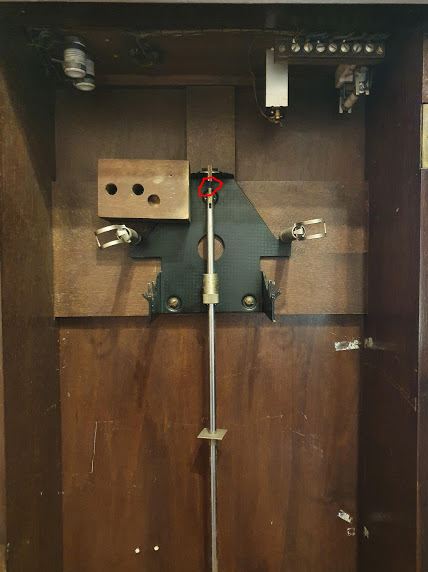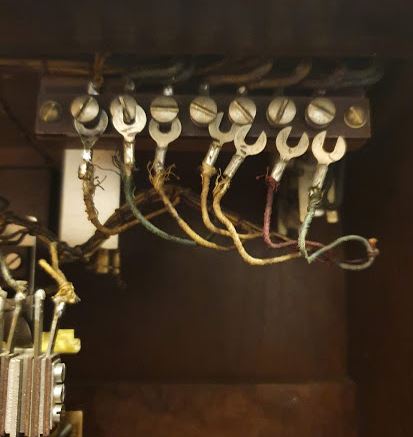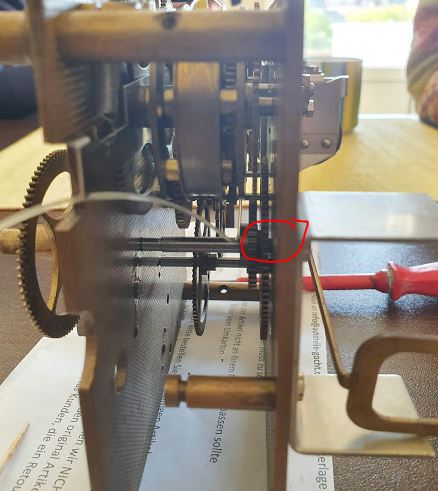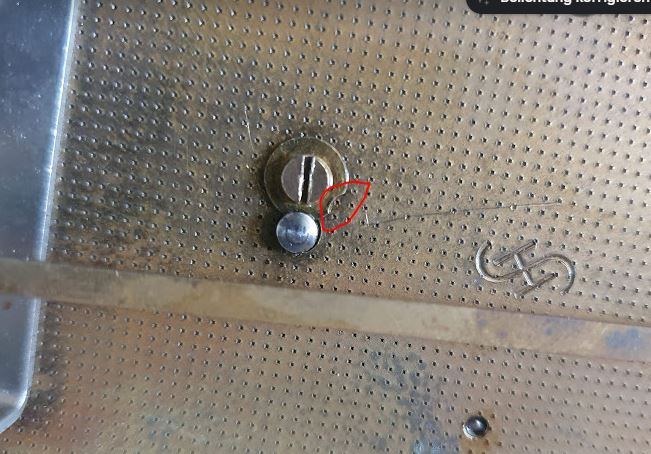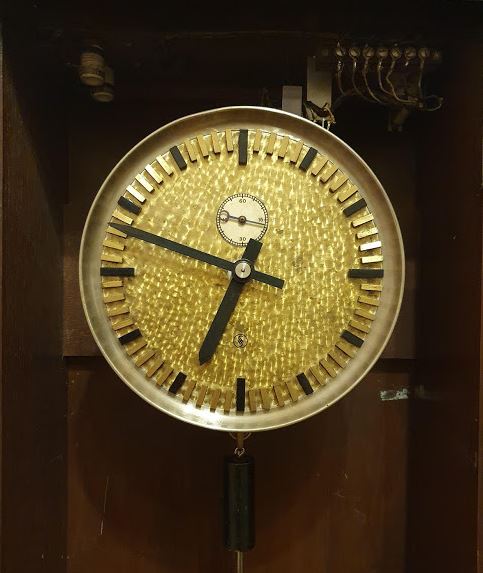After only a few hours of use since the last repair, the unit started to play up again. Simply, no output on all bands. A quick check revealed the issue, fortunately, no failure of the power supply, but again, the driver board for the oscillators, and again, the LH0021 power opamp isn’t delivering current.
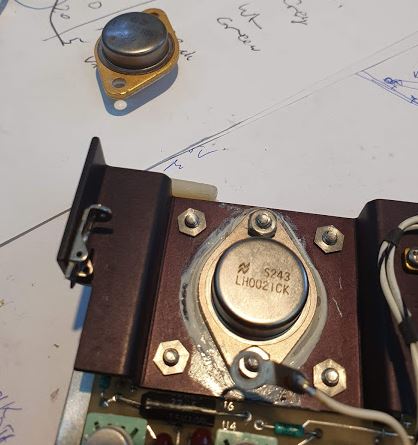
By removing the wire that connect the LH0021 output to the YIG tuning coils, and feeding current from an external supply, all working great – fortunately. With no other stock at hand, I decided to move the power amp LH0021 from the (not normally used) filter driver board to the oscillator board, these boards are essentially the same design.
After that switch, it worked again – but only for another 30 minutes, then it failed again, another LH0021 burned out. How can it be??
No, I took all apart, including the mica washer, suspecting some short through the mica or similar issue (the heatsink is ground, but the case of the LH0021 is output). The mice is OK, but there is an issue with the screw hole and its plating. On the top side, is is plated as much as that it contacts the heatsink just slightly, probably, when it expands with heat, it causes the deadly short. Noteworthy – the driver board has the top side of the screw hole completely unplated!
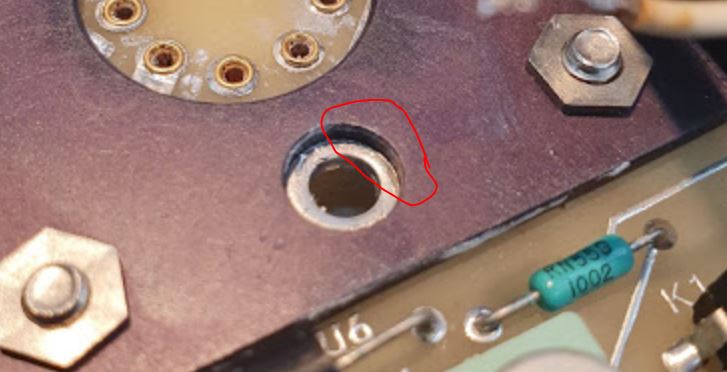
Anyway, too many defective LH0021 yet, and this time I couldn’t find a cheap source. And not willing to pay USD 20 and take more chances for these parts to fail.
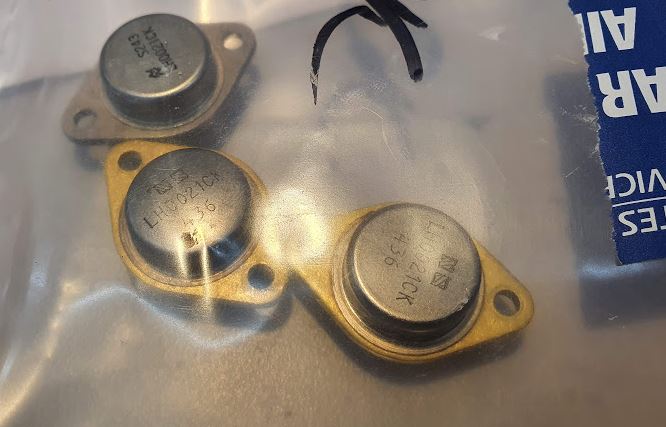
As luck would have it, there are some audio amps in my stock, quite common in lower-cost stereo amplifiers. About 20 W audio power, in an easy to use TO220 case, and despite being obsolete, these are ubiquitous, and low cost.
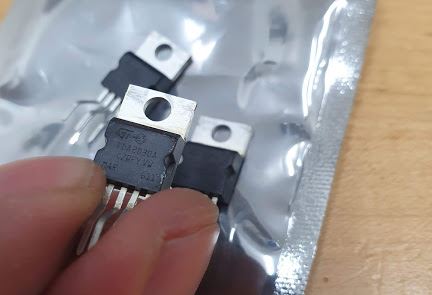
Normally, these are AC-coupled at input and output, and I didn’t find much reference to DC coupled uses. So I set up a little test circuit, and in fact, it provides a nice power opamp (unity gain stable).
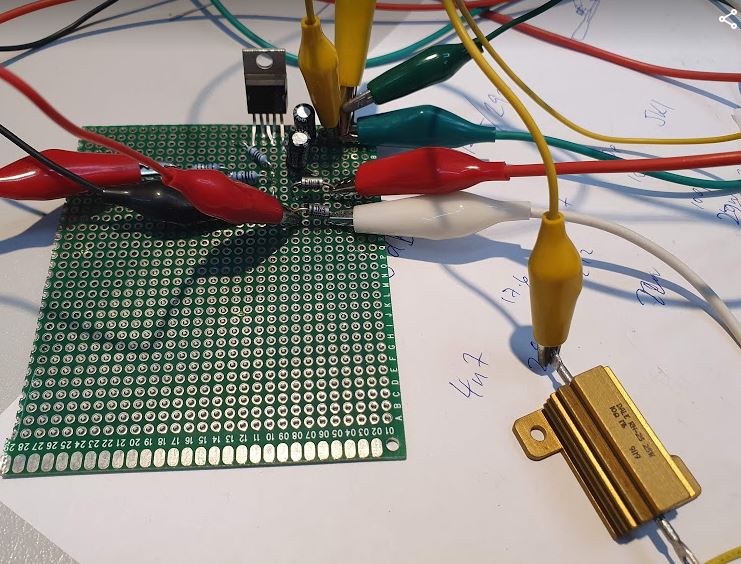
Furthermore, the TDA2030 has both short-circuit and thermal overload protection. I wouldn’t call it indestructible, but chances are, that it would survive some adverse conditions.
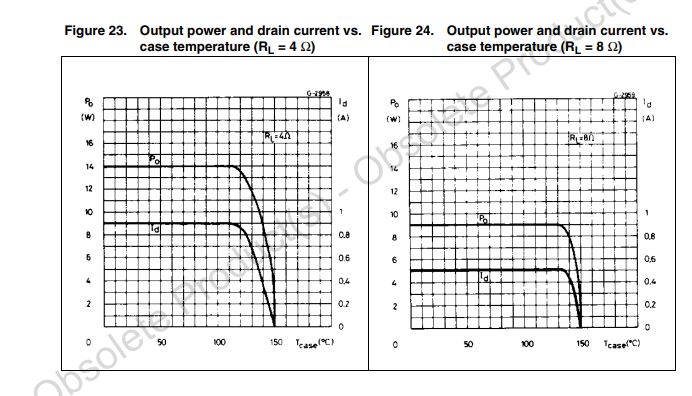
Only trouble, there is no good space to mount the TO220 case to the heatsink. But a temporary setup will do for now.
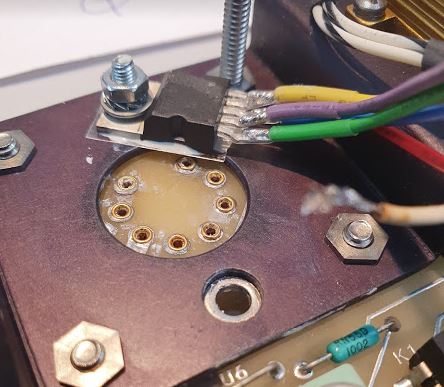
With no other change of the circuits, all seems to work well, and also the frequency response seems OK. The LH0021 has about 15 kHz bandwidth, this can be easily met by the TDA2030A.
And in fact, it works well in the SG-811. All working and no need to align anything. Still, I would like to make sure the device has a proper heatsink. So, from a piece of scrap aluminum alloy plate, I machined a heat distribution plate, about 10 mm thick.
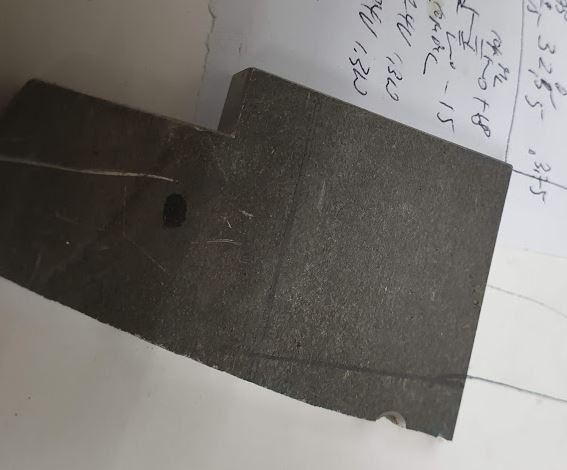
That’s the ready-machined parts, degreased with a bit of alcohol.
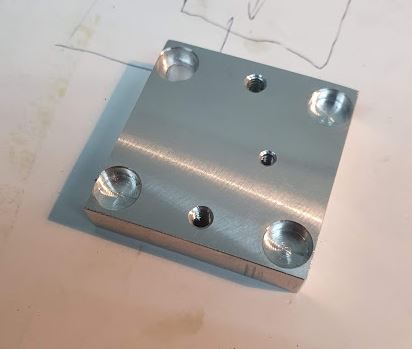
The distributor mounted well to the board, I cut threads into the metal block, so it is easy to affix to the board without any additional holes or modification.
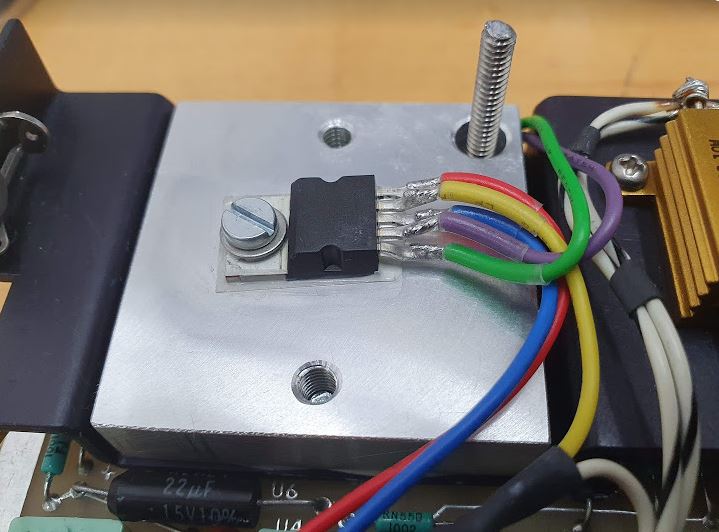
To be not again trapped by some strange things, I also did some testing of the inrush current, power-on behavior and such (a current spike or reverse voltage may also damage the power amplifier). Also, mounted two more caps to the rails, and a dual-diode 48 V limiter.
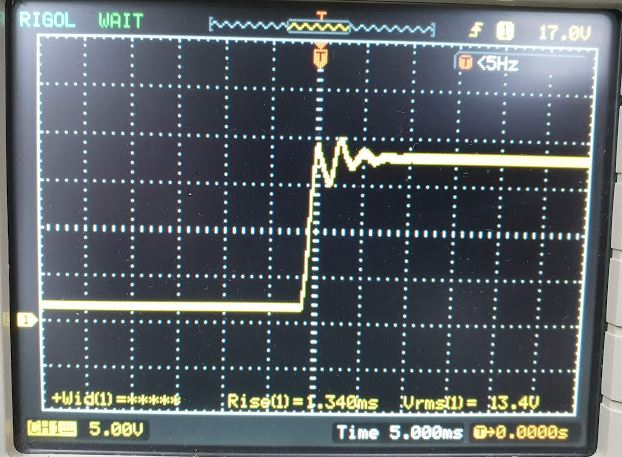
However, the startup of the 18 V rail is good and clean.
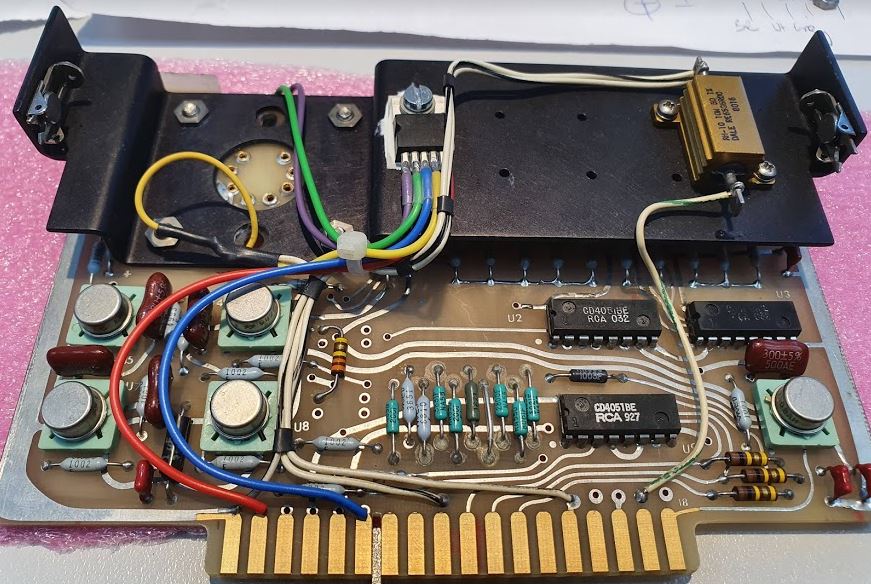
Same fix applied to the filter board – there is enough space to fit the amplifier without any trouble.
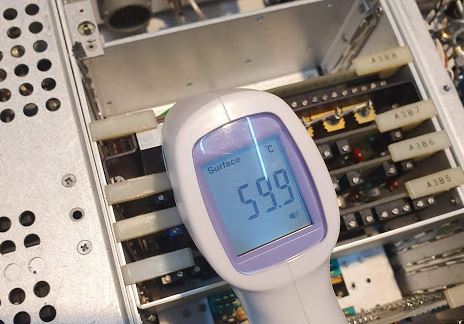
Running at 18 GHz for a while, the temperature stabilized at about 60 degC, well in the range of good working conditions. A few hours later, the SG-811 is still working. So, with some luck, hopefully, a permanent repair.

